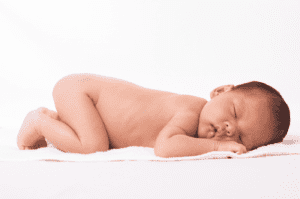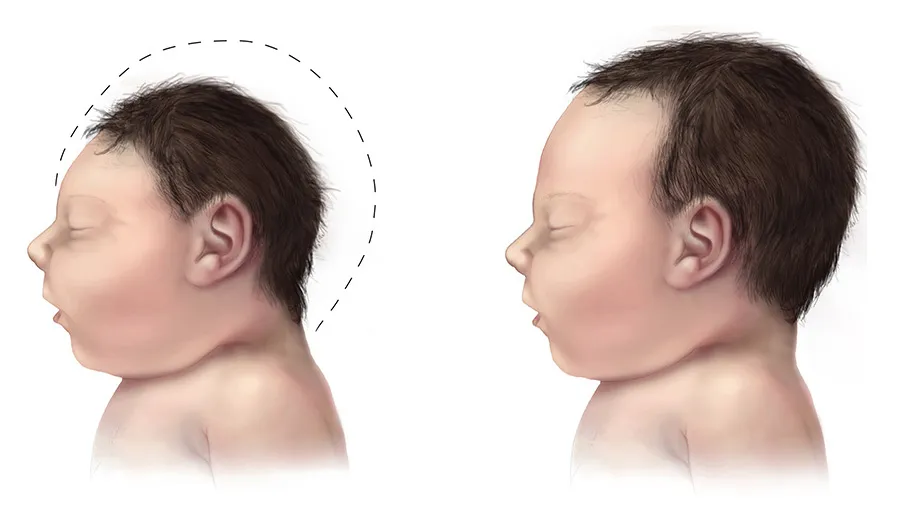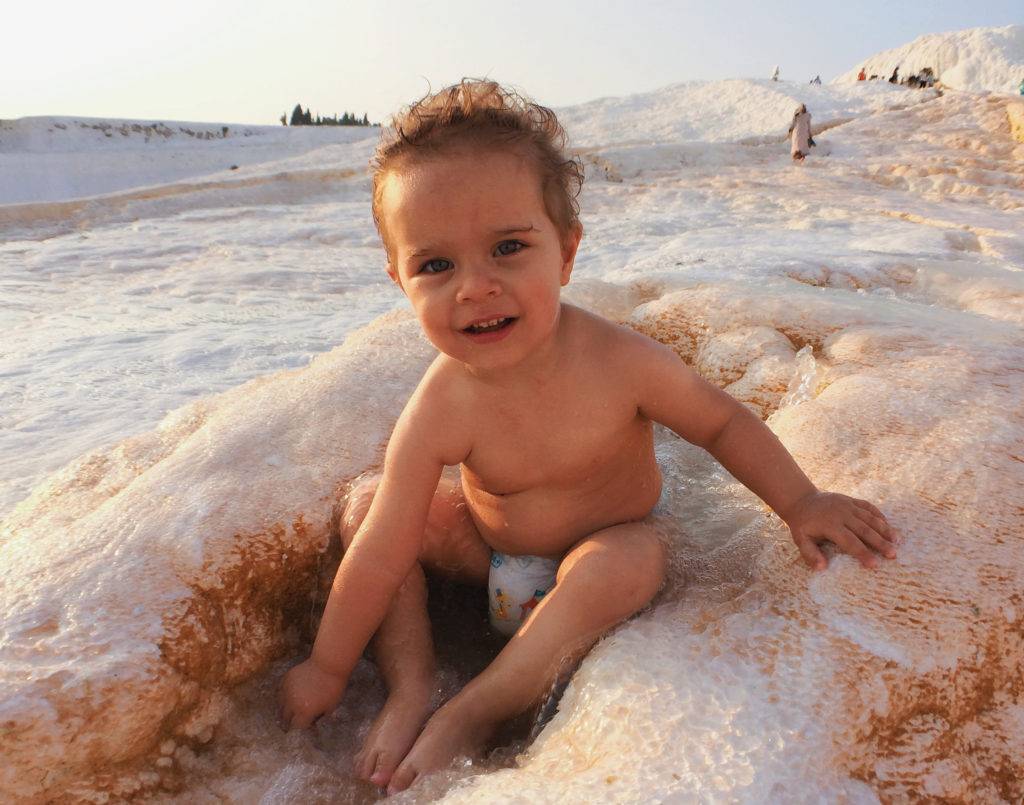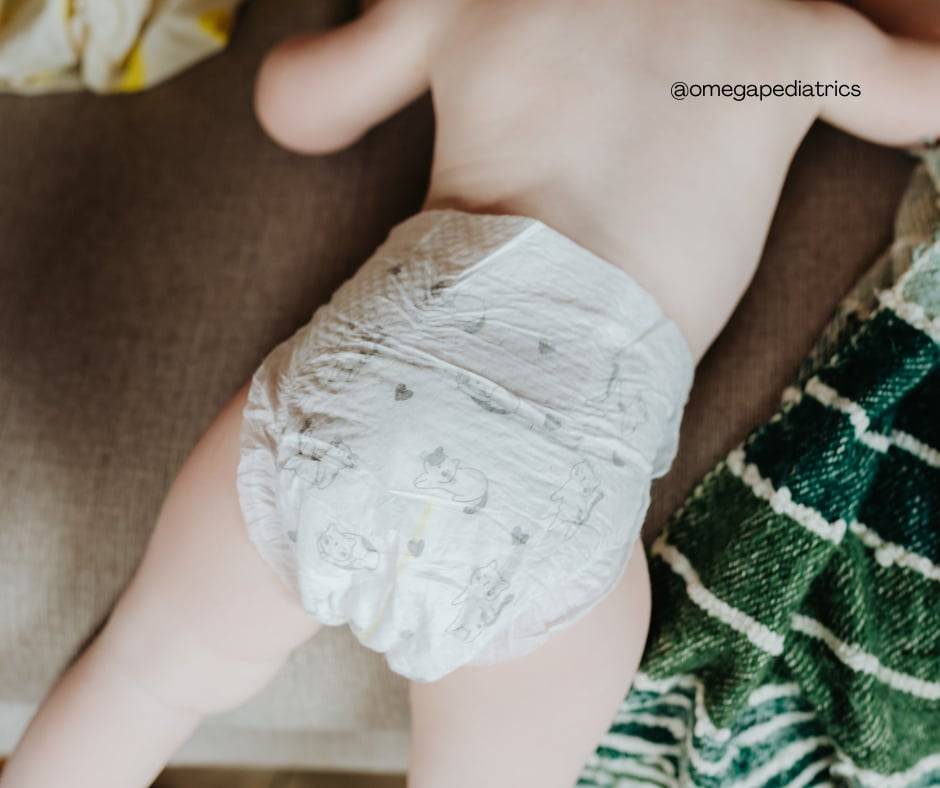Bringing a newborn into the world is a beautiful experience, and as parents, one of the many responsibilities is ensuring your baby’s skin remains healthy and protected. Newborn skin is delicate and requires special care.
This guide will cover everything you need to know about caring for newborn skin, from bathing tips to dealing with common skin conditions.
Understanding Newborn Skin
What Makes Newborn Skin So Delicate?

Newborn skin is much thinner and more sensitive than adult skin. It loses moisture quickly and is prone to irritation. The outer layer of newborn skin isn’t fully developed, making it more vulnerable to chemicals, fragrances, and other environmental factors. This fragility is why newborn skin needs extra special care.
The Role of Vernix Caseosa
At birth, your baby might be covered in a creamy, white substance known as vernix caseosa. This natural moisturizer protects your baby’s skin in the womb and can be left on after birth to keep the skin hydrated and soft. Delaying the first bath is recommended to let the vernix do its job on newborn skin.
1. Bathing Your Newborn
How Often Should You Bathe Your Newborn?
Newborns don’t need daily baths. Bathing them 2-3 times a week is sufficient to keep them clean while preventing their newborn skin from drying out. You can wipe them down with a warm, damp cloth on days without a bath. Select products specifically formulated for newborn skin.
The products should be free from harsh chemicals, fragrances, and dyes. Look for labels that mention hypoallergenic and dermatologically tested products to minimize the risk of irritation in the newborn skin.
Steps for a Gentle Bath
- Gather Supplies: You should have everything needed—mild baby soap, a soft washcloth, a towel, a clean diaper, and clothes.
- Fill the Tub: Use a baby bathtub or sink and fill it with a few inches of warm (not hot) water.
- Support Your Baby: Hold your baby securely, keeping their head above the water.
- Gentle Washing: Use a soft cloth and a small amount of baby soap to clean your baby’s skin. Focus on the neck folds, behind the ears, and the diaper area.
- Rinse and Dry: Thoroughly rinse off the soap and gently pat your baby dry with a soft towel. Pay special attention to drying the folds of the newborn skin.
2. Moisturizing Newborn Skin
Newborn skin loses moisture quickly, leading to dryness and irritation. Apply a gentle, hypoallergenic moisturizer to help keep your baby’s skin soft and hydrated. This is especially important after a bath, as warm water strips the skin of its natural oils. Opt for products with natural ingredients like shea butter, cocoa butter, or coconut oil.
Avoid lotions with added fragrances or alcohol, These products can dry out and irritate newborn skin.
3. Common Newborn Skin Conditions
Diaper Rash
Diaper rash is a common condition caused by prolonged wet or dirty diapers. To prevent diaper rash, change your baby’s diaper frequently and apply a protective barrier cream with each change. Look for creams with zinc oxide or petroleum to create a barrier against moisture.
If diaper rash develops, keep the area clean and dry. Apply a thick layer of barrier cream and let your baby go without a diaper for short periods to allow the skin to breathe.
Cradle Cap
Cradle cap appears as yellow, scaly patches on the scalp and is common in newborns. It’s not harmful and usually resolves by itself within a few months. To help manage the cradle cap, gently massage your baby’s scalp with a soft brush or fingers to loosen the scales. A mild baby shampoo can remove the flakes.
Eczema
Eczema presents as red, itchy patches on the skin and can be uncomfortable for your baby. It appears on the face, elbows, and knees. To manage eczema, keep your baby’s skin well-moisturized and avoid known irritants. Use hypoallergenic products and dress your baby in soft, breathable fabrics.
In severe cases, consult your pediatrician for appropriate treatments.
4. Dealing with Newborn Acne
Newborn acne appears as small red or white bumps on your baby’s cheeks, nose, and forehead. It develops within the first few weeks of life and clears itself without treatment. Keep your baby’s face clean by gently washing it with water and a soft cloth. Avoid using harsh soaps or scrubbing the affected areas, as this can irritate the skin further.
If you’re concerned about your baby’s acne, consult your pediatrician.
5. Preventing and Managing Heat Rash
Heat rash, known as prickly heat, occurs when sweat gets trapped in the skin’s pores, causing tiny red bumps and discomfort. It’s common in hot, humid weather. To prevent heat rash, dress your baby in lightweight, breathable clothing and keep them in a cool environment. Ensure your baby’s room is well-ventilated and avoid overdressing them.
When a heat rash develops, keep the affected area cool and dry. Avoid using heavy creams or ointments that block pores further. Dress your baby in loose clothing and use a fan to circulate air in their room.
6. Handling Dry Skin
Dry skin appears as rough, flaky patches, often on the arms, legs, and face. It’s common in newborns, especially in dry or cold weather. If your baby’s skin remains dry, apply a moisturizer more frequently throughout the day. Look for products containing natural emollients like shea butter or coconut oil.
Avoid products with added fragrances or alcohol.
Preventive Measures
- Humidity: Use a humidifier in your baby’s room to maintain moisture in the air.
- Gentle Bathing: Limit bath time to 5-10 minutes and use lukewarm water. Avoid hot water since it strips the skin of natural oils.
- Mild Cleansers: Use soap-free, gentle cleansers designed for babies. Harsh soaps dry out the skin further.
- Moisturizing: Apply a gentle, hypoallergenic moisturizer immediately after bathing to lock in moisture.
7. Protecting Newborn Skin from the Sun
Newborn skin is sensitive to UV rays. Keep your baby out of direct sunlight, especially during peak hours (10 a.m. to 4 p.m.).
Sun Protection Tips
- Shade: Always keep your baby in the shade when outdoors.
- Clothing: Dress your baby in lightweight, long-sleeved clothing and a wide-brimmed hat.
- Sunscreen: For babies over six months, use a broad-spectrum sunscreen with an SPF of at least 30. It’s best to keep younger babies out of direct sunlight.
8. Incorporating Massage into Your Newborn’s Skincare Routine
Massaging your baby strengthens your bond and benefits their skin. Gentle massage improves blood circulation, promotes relaxation, and helps moisturize the skin when done with a mild baby oil or lotion. The best time to massage your baby is when they’re calm and alert, such as after a bath or before bedtime.
Avoid massage immediately after feeding or when your baby is sleepy or fussy.
How to Massage Your Baby
- Choose a Comfortable Space: Find a warm, quiet area where you and your baby can relax.
- Use Gentle Pressure: Apply a small amount of baby oil or lotion to your hands and use gentle, rhythmic strokes.
- Focus on Key Areas: Massage your baby’s legs, arms, back, and tummy. Be extra gentle around the head and face.
9. Ensuring Overall Skin Health
- Avoiding Irritants: Be mindful of the products and materials that come into contact with your baby’s skin. Choose clothing and bedding made from soft, breathable fabrics like cotton. Wash new clothes and linens before use to remove any potential irritants.
- Maintaining a Clean Environment: Keep your baby’s environment clean to prevent skin irritation. Regularly wash their bedding, clothing, and toys with mild, fragrance-free detergent. Keep pets away from your baby’s sleeping and play areas to minimize exposure to pet dander.
10. When to Seek Medical Advice
While many newborn skin issues are harmless and resolve independently, some conditions require medical attention. Consult your pediatrician on the following:
- Severe or persistent rashes
- Signs of infection (such as pus, swelling, or increased redness)
- Unusual skin changes or growths
- Persistent dryness or eczema that doesn’t improve with moisturizing
11. The Importance of Routine Pediatric Check-ups
Routine pediatric check-ups are crucial for monitoring your newborn’s overall health, including their skin. Your pediatrician checks for skin issues and offers personalized skincare advice. During a check-up, your pediatrician will examine your baby’s skin for any signs of rashes, dryness, or other conditions.
Pediatricians can also provide recommendations for skincare products and treatments if necessary. This proactive approach ensures any potential issues are addressed early.
12. Choosing the Right Diapers
Cloth vs. Disposable Diapers
Choosing the right diaper prevents diaper rash and keeps your baby’s skin healthy. Cloth and disposable diapers have their pros and cons.
- Cloth Diapers: These are reusable and more gentle on your baby’s skin if washed with a mild detergent. However, they require more frequent changes to prevent moisture buildup.
- Disposable Diapers: These are convenient and often contain absorbent materials that wick moisture away from the skin. Some brands offer hypoallergenic options that are free from fragrances and dyes.
Diaper Changing Tips
- Frequent Changes: Change your baby’s diaper regularly to prevent prolonged exposure to wetness.
- Clean Thoroughly: Use mild baby wipes or a damp cloth to clean the diaper area gently. Pat the area dry before putting on a new diaper.
- Barrier Creams: Apply a barrier cream with zinc oxide or petroleum to protect the skin from moisture.
13. Addressing Birthmarks and Skin Pigmentation
Birthmarks are common and can appear in various forms and colors. They’re harmless but should be monitored for any changes. Most birthmarks are benign and don’t require treatment. If you notice any changes in size, shape, or color, or if the birthmark bleeds or causes discomfort, consult your pediatrician for further evaluation.
- Milia: Tiny white bumps often found on a baby’s nose and cheeks. These disappear on their own.
- Salmon Patches: Also known as stork bites or angel kisses, these pink or red patches often fade with time.
- Mongolian Spots: Bluish-gray patches typically found on the lower back or buttocks, common in babies with darker skin tones. They usually fade by school age.
14. Encouraging Healthy Skin Habits
Early Habits for Lifelong Skin Health: Instilling good skincare habits early can help maintain your child’s skin health as they grow. Teach your child the importance of regular cleansing, moisturizing, and sun protection.
Role of Nutrition: A healthy diet plays a significant role in skin health. Ensure your baby receives adequate hydration and nutrients through breast milk or formula. As they grow, introduce a balanced diet rich in fruits, vegetables, and whole grains.
Importance of Hydration: Proper hydration is essential for healthy skin. Encourage your child to drink water regularly as they transition to solid foods.
15. Navigating Seasonal Changes
Winter Skincare: Cold air and indoor heating dry out your baby’s skin during winter. Dress your baby in layers to keep them warm, and use a humidifier to add moisture to the air. Apply a thicker moisturizer to protect against dryness.
Summer Skincare: In summer, heat and humidity cause skin issues like heat rash. Dress your baby in lightweight, breathable clothing and keep them cool. Apply a baby-friendly sunscreen for outdoor protection and ensure they stay hydrated.
Take Special Care for Your Newborn’s Skin
Caring for your newborn’s skin involves gentle, consistent care and attention to detail. Understand the unique needs of newborn skin and follow the tips. If you have any concerns about your baby’s skin, don’t hesitate to seek advice from your pediatrician.
These guidelines ensure your newborn’s skin remains healthy and protected, giving your little one the best start. For more in-depth information on newborn care, check out Omegapediatrics.com. They offer a wealth of resources and expert advice to help you navigate the joys and challenges of parenthood.
Read these articles for more insights;






